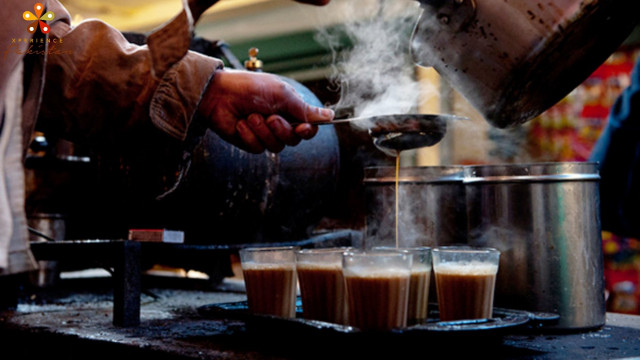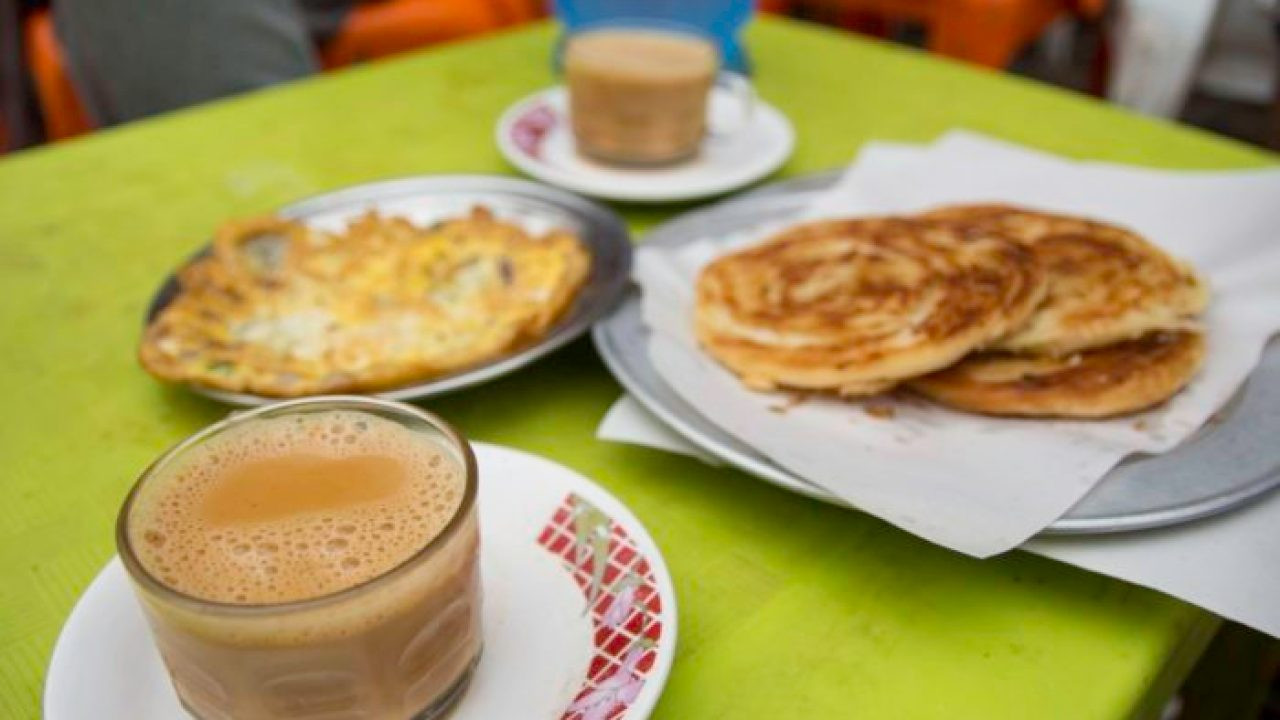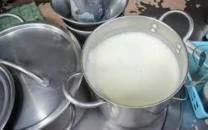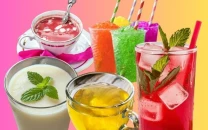Tea is more than just a drink
Our experience of drinking tea is not static, but an interactive one, influenced by centuries of cultural evolution

When you think about tea, there is probably a specific image that pops into your head. A tall glass of bubble milk tea from your favourite store, the classic British-style tea set, perhaps the dregs of light-green tea leaves as they sit at the bottom of a cup on your colleague’s desk.
These images all represent tea as a finished product, something to be consumed by the drinker.
Tea is all of these things, but our experience of drinking tea is not something static or dead, but an interactive experience influenced by centuries of cultural evolution.

Tea is quite literally a living thing - a plant. But on a grander scale, tea resembles the development of human societies in the way it has changed and adapted through the decades, centuries, even millennia. In this sense too, tea has a life of its own.
According to one legend, tea was discovered by the mythological figure Shennong, who tasted hundreds of herbals to cure the poisoned compatriots and finally spotted the divine grass, tea.
Now tea is a universal beverage, enjoyed in almost every corner of the world, and while practices and tastes may vary, tea is an essential component of countless peoples’ lives.
Some people have been curious about the difference between Chinese and British tea. Although you can buy all kinds of tea nowadays, British people most prefer black tea, especially in the morning or afternoon, and tend to add just a drop of milk to their tea, unlike Chinese milk tea in which the milk itself makes up half or more of the volume.

In China, different types of tea are associated with different seasons when it is good to drink, red tea in winter to warm up the body, green tea in spring when the weather is clammy to clear the system, oolong tea is said to be best suited to summer drinking.
To think of tea as having medicinal properties might be strange to people in some other parts of the world, so though all tea comes from the same kind of plant, cultural background guides the experience of the drinker.
Our experience of tea is subjective in this way. Tea is a moment. To someone in Fujian, the light orange, fluorescent colour at the bottom of your cup as you sit in the light, cooling breeze of the evening, to someone from Beijing, perhaps the white and green of jasmine flowers, the piping hot temperature as you sip your flask to wake yourself up for work.
Tea affects our mood, some teas have a calming effect, others drink tea to stay awake or help them study better.
We have an intimate relationship with the things which are most prominent in our lives, like tea, which though inanimate is woven into our experiences like an invisible thread; we cannot imagine our lives without it.
Thus while it is common to ask how tea has been changed by people, a better question might be, how has tea changed us?
Have something to add to the story? Share it in the comments below.



















COMMENTS
Comments are moderated and generally will be posted if they are on-topic and not abusive.
For more information, please see our Comments FAQ